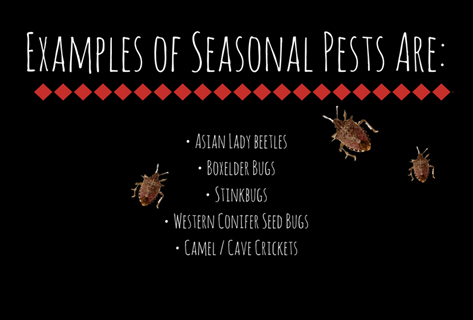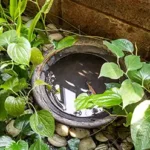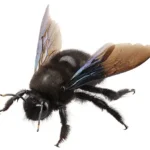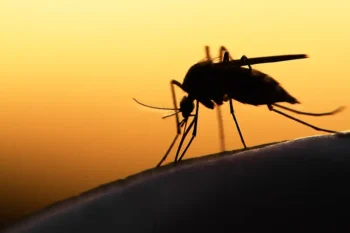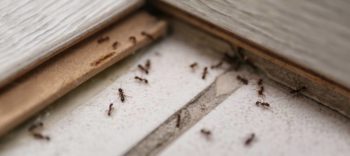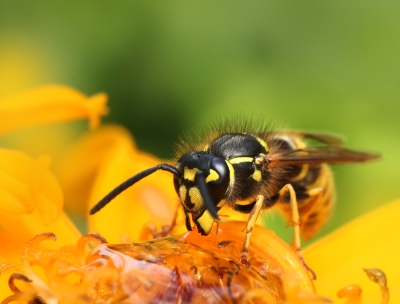
 Insect behavior and ecology is inextricably connected to the environment. If you have lived in a location with different seasons, you undoubtedly have noticed the changes in the insect population along with the changes in the seasons.
Insect behavior and ecology is inextricably connected to the environment. If you have lived in a location with different seasons, you undoubtedly have noticed the changes in the insect population along with the changes in the seasons.
In the northeast we typically experience four (4) seasons; winter, spring, summer and fall. Each season has associated insects.
Winter has the least amount of insect activity. Spring provides an opportunity for plant and animal reproduction and growth. Summer is when insect populations are at their most diverse. In the fall, insect activity begins to decline.
Insects evolved in the tropics where there is typically ample rainfall and warm temperatures.
As insects began to migrate throughout the planet, they had to adapt different survival strategies to cope with different environments. Some insects moved into caves to spend the winter when it got too cold. I’m sure prehistoric peoples became aware of this behavior and did their best to manage the situation.
Today, certain insects still move indoors seeking shelter from the winter weather. We call these insects, “Seasonal Invaders”. They have been behaving like this for millions of years. They mistakenly enter homes thinking they are caves.
Once inside, these seasonal invaders simply want to rest and wait until spring. Seasonal invaders do not reproduce or move around (unless disturbed) nor do they feed. The reason they enter structures is just to spend the winter in comfort. If they survive, they emerge in the spring and try to find their way back outside. If successful, they typically look for a mate, deposit eggs and die.
Each insect has a different control protocol. We will discuss these in the next installment.
Mike Deutsch MS, BCE
Board Certified Entomologist
Arrow Exterminating Company, Inc.
9/2016

